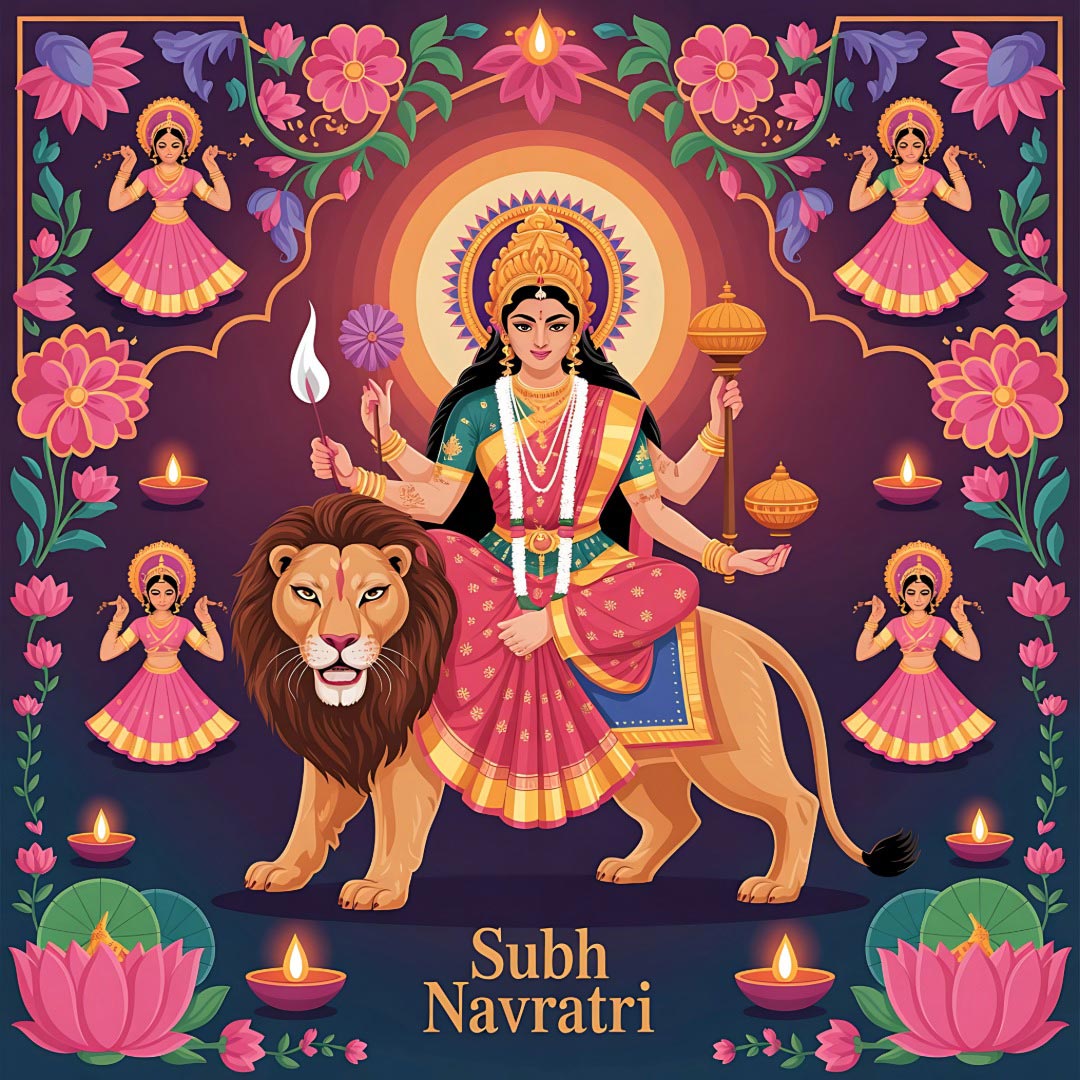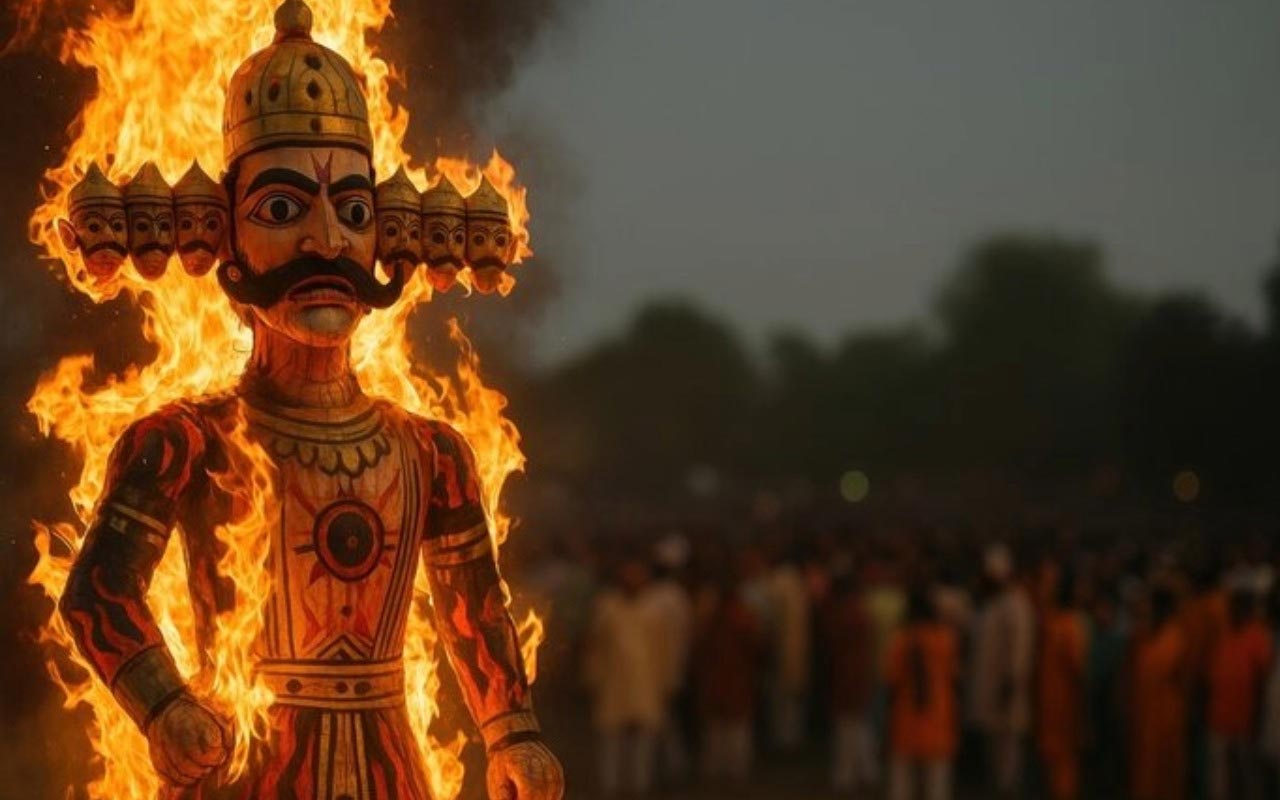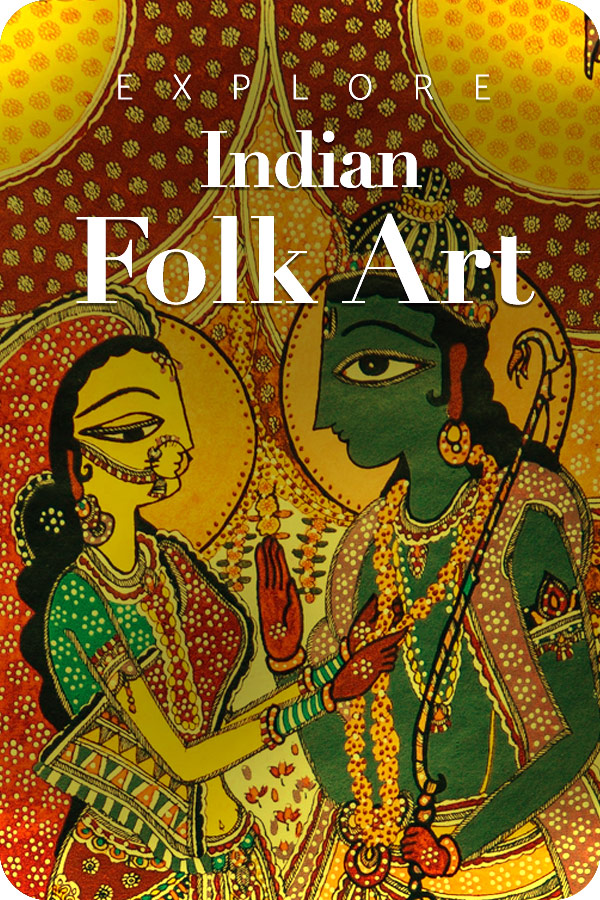
Vijayadashami is right around the corner! The biggest festival in India is here, Vijayadashami (for those who may not know, this marks the triumph of good over evil in mythology). Every part of India commemorates this festival with a different name and tradition. So, let’s explore everything Vijayadashami 2025 – the date, significance, and festivities!
Vijayadashami 2025 Date and Auspicious Timings
- Vijayadashami 2025- Thursday, October 2
- Dashami Tithi starts- 7:01 PM on October 1
- Dashami Tithi finishes- 7:10 PM on October 2
- Vijay Muhurat- 2:09 PM to 2:56 PM
- Aparahna Puja- 1:21 PM to 3:44 PM
- Shastra Puja & Vidyarambham- Sunrise to 7:10 PM, on October 2
Vijayadashami Mythology
There are various religious significance of Vijayadashami in all cultures. In Northern and Central India, this occasion marks Lord Rama’s victory, from Ramayana, over the demon king, Ravana. In other parts of the subcontinent, which are the Eastern parts of the Country, it marks the victory of Mother Durga over the monster Mahishasura. In each tradition, it marks the death of evil and the victory of goodness over evil. This belief is essentially a teaching in believing in our goodness and letting it rise over evil that sometimes permeates into our spirits.
Traditions and Customs Associated with Vijayadashami
Shami Puja & Aparajita Puja
Shami puja is a special puja done to the Shami (the tree, also known as Prosopis cineraria), and ‘Aparajita’ (invincible) goddess to receive blessings for victory and harmony. ‘Seema Avalanghan’ is the name for this practice in Maharashtra, and it involves crossing a physical boundary as a symbol of courage and traversing one’s comfort zone.
Ayudha Puja
Ayudha puja is the worship of tools, vehicles, and crafts that is common not only to the year-long self-care traditions of people, but it is also meant to honour one’s tools of livelihood, weapons, and crafts. The practice is best recognised in the southern states of India, where it can include cleaning, decorating, and ritualised worship of the tool, including in temples, or simply offering the puja at home with one’s family.
The Tradition of Burning Effigies of Ravana
In North India, it means Dussehra is associated with the dramatisations of Ramlila ending in the burning of the effigies of Ravana, Kumbhkaran and Meghnath, an allegorical note on eliminating negative traits.
Vidyarambham
In Kerala and Tamil Nadu, children are introduced to learning and writing in a ceremonial way by emphasising Vijayadashami as a good day for the purposes of education.
The Exchange of Sona (gold) Leaves
In Maharashtra, families exchange the Apta (Shami) tree leaves with blessings of prosperity, and then follow up with saying “Vijayadashami cha Shubhechha!”.
Regional Celebrations across India

The festival’s diversity is brought to light by local customs:
Dussehra in North India
A long series of Ramlila performances is held recounting Rama’s story behind the epic, culminating with the exploding of the effigies in elaborate spectacles, bringing excitable crowds together with collective catharsis.
Mysuru Dasara in Karnataka
A royal celebration that has been observed for centuries and continues to grow in scope, including an elaborate procession of the state and tourism as the chief minister, complete with caparisoned elephants and military and musical bands. Along with the programs that observe cultural forms and influence the state’s historical heritage, the event continues to grow.
Durga Visarjan in West Bengal
Here, Vijayadashami is called ‘Bijoya Dashami’, and includes emotional “immersions.” Processions and idols of Goddess Durga mark both cultural and ritualistic farewells, combining locally recognised presentations of elaborate idol designs, ensembles and expressions of happiness through dance to further emphasise the symbolic importance of the day.
Other States
Dussehra, as a festival that includes processions in Odisha, Assam, Maharashtra, Gujarat, as well as Dashain in Nepal, are reflected in similar traditions of puja, community fairs, ritualistic dances, and ceremonies crossing borders to feel a cultural significance to celebrations of festival days.
Cultural and Social Importance of Vijayadashami
- It is a custom for new academic, professional, or creative activities to begin on this day; it is believed to be an extraordinarily auspicious day to begin new undertakings.
- The festival also brings individuals together across an array of melas (fairs), food stalls, parades, and folkloric performances, a way to create a community bond and make collective memories.
- For many artists, musicians, and writers, Vijayadashami is identified as a day to launch new projects, concerts, or performances, improving India’s living cultural heritage.
Vijayadashami Key Details
| Vijayadashami 2025 | Details |
|---|---|
| Date | 2 October 2025 (Thursday) |
| Dashami Tithi Begins | 1 October, 7:01 PM |
| Dashami Tithi Ends | 2 October, 7:10 PM |
| Vijay Muhurat | 2:09 PM – 2:56 PM |
| Aparahna Puja Time | 1:21 PM – 3:44 PM |
| Key Rituals | Shami Puja, Ayudha Puja, Ramlila, Durga Visarjan |
| Regional Highlights | Ramlila & Ravana Dahan, Mysuru Dasara, Bengal Visarjan |
| Auspicious for | New ventures, study, travel, worship |
Conclusion
Vijaydashami 2025 is more than just a festival. Have a great time with your loved ones. Remember the day always begins with a festival puja in the morning along with visiting relatives, big meals, and a lively dance. And the day would be imperfect without seeing the Mela in the evening! So what will you do this Vijayadashami?
FAQs on Vijayadashami 2025







